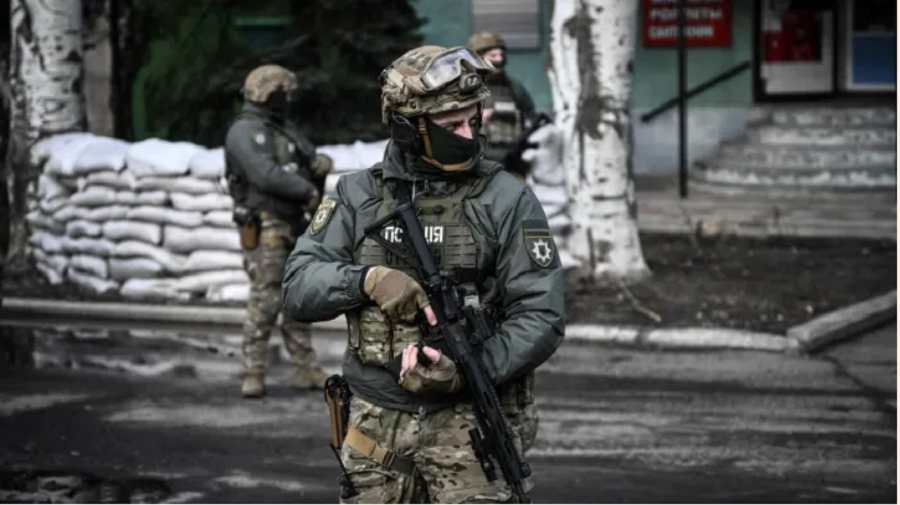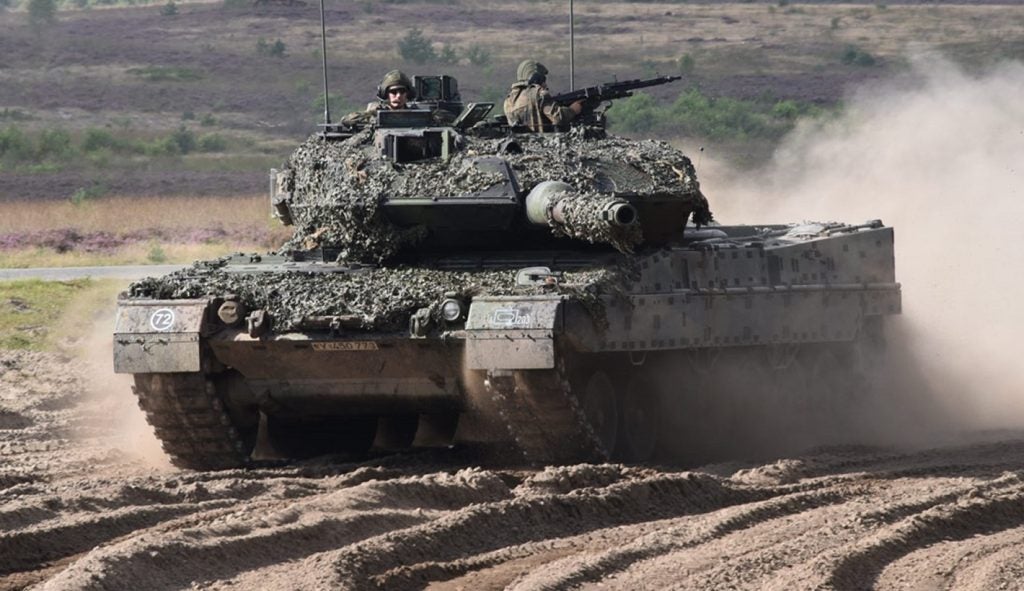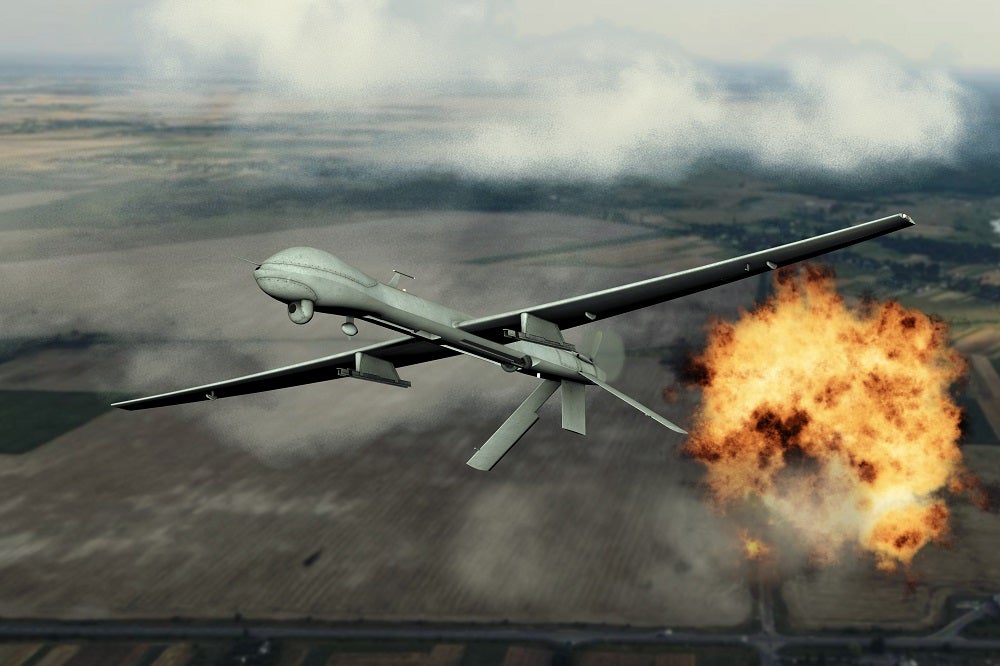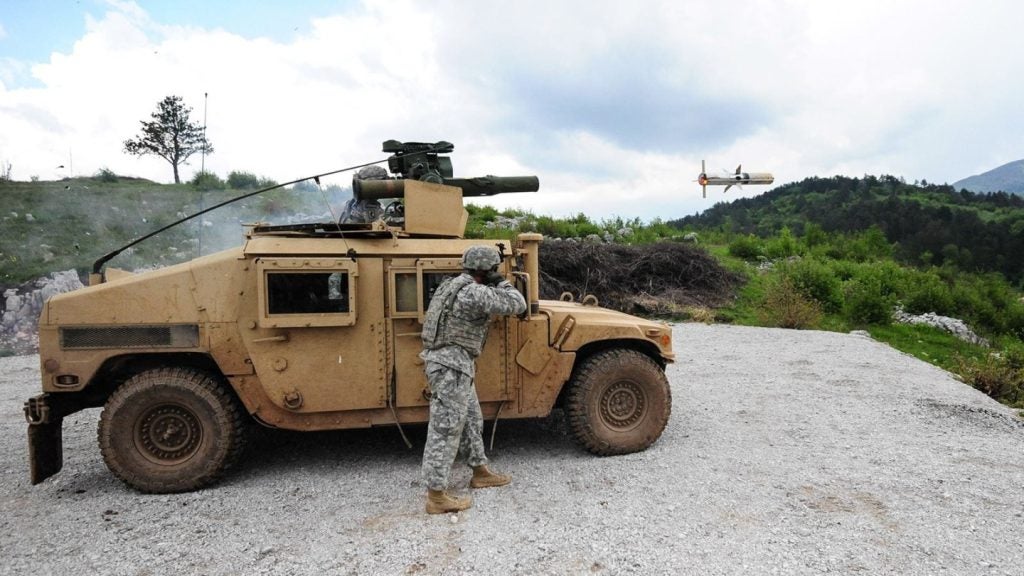
As the Russian attack on a sovereign European country carries on for the second day, Army Technology looks at the key events, the potential defence implications of sanctions imposed on Russia, and military equipment Ukraine may need.
On Thursday shortly after 5am, Ukrainian citizens were woken by the sounds of airstrikes aimed at military facilities in the cities of Kyiv, Kharkiv and Dnipro.
How well do you really know your competitors?
Access the most comprehensive Company Profiles on the market, powered by GlobalData. Save hours of research. Gain competitive edge.

Thank you!
Your download email will arrive shortly
Not ready to buy yet? Download a free sample
We are confident about the unique quality of our Company Profiles. However, we want you to make the most beneficial decision for your business, so we offer a free sample that you can download by submitting the below form
By GlobalDataUkraine has been receiving military aid from the US and other NATO allies since the end of last year, including weapons that NATO hoped would be enough to deter a potential Russian invasion.
The invasion comes two days after Russian President Putin recognised the independence of two Russian-backed separatist regions in eastern Ukraine, Donetsk and Luhansk. The self-claimed leaders of the territories had earlier sent an official request to Moscow for military aid to, according to the request, “help repel the aggression of the Ukrainian armed forces”.
Analysts believe that these were all part of a planned so-called false flag operation –a covert operation designed to appear as if it was carried out by another group or country – to create a pretext for a Russian advancement.
See Also:
Sanctions and their potential defence impact
US President Joe Biden condemned Russia’s invasion and vowed a unified response on Thursday. United Nations Secretary-General António Guterres said in a statement: “President Putin, in the name of humanity, bring your troops back to Russia. This conflict must stop now.”
Later in the day, the US, the EU, Britain, Australia, Canada and Japan announced plans to target Russian banks and wealthy individuals while Germany halted certification of a Nord Stream 2, a major gas pipeline project from Russia.
There is irritation in Brussels and in Ukraine that the sanctions don’t go far enough, and they miss the energy sector entirely.
GlobalData lead analyst Daniel Morris says: “The recent sanctions will hit the Russian defence industry as there is a lot of dual-use equipment that is sold to Russia that has both a civilian and military purpose. But the majority of equipment is domestically produced and they are fighting a nation that has less advanced equipment.”
However, Russia has been struggling to produce new military equipment, such as jet engines, since sanctions and export restrictions were imposed on the country after its annexation of Crimea in 2014. Countries previously considering the purchase of Russian weapons have already swerved away due to looming sanctions and diplomatic pressure from the US.
Recently imposed and future sanctions will certainly harm Russia’s long-term defence prospects.
Ukraine’s request for more equipment
In a list shared with NATO yesterday, the Ukrainian authorities outlined needs ranging from tourniquets and body armour to machine guns and ammunition. One of the documents said the Ukrainian Government also needs large amounts of bandaging material and millions of thermal blankets.
UK Secretary of State for Defence Ben Wallace today hinted that the country would send more supplies of weapons to Ukraine.
Morris says: “The UK Ministry of Defence is trying to build together a package of equipment they can send to Ukraine. They haven’t sent anything recently or if they have, it has not been announced. It seems that the fighting we are going to see will be closer to an insurgency campaign than a traditional battle.
“Russia already controls the air and has the equipment to conduct strike missions and organised attacks on parts of the country. In the first hours of the war Russia targeted key Ukrainian military sites with cruise missiles and airstrikes this severely limited its ability to fight a symmetric war.”
The equipment the Armed Forces of Ukraine received in the past weeks includes plane loads of machine guns, surveillance gear and rifles as a part of a Canadian military assistance package, anti-armour missiles and various US-made weapons.
But Morris says that, as Ukrainian President Volodymyr Zelenskyy urges every citizen to pick up weapons, the country is also in need of small arms.
“Medical equipment, man-portable explosives, radios and other soldier equipment is needed to supply the nation,” he adds. “The UK will have to work with its allies to get equipment to Ukrainian forces as it doesn’t have a large supply of equipment suitable.”
A full Russian occupation of Ukraine is not certain as the country fiercely fights back, but there is surely enough Russian capability on the ground to seize some parts of it.
Russia’s “shock and awe” approach with integrated air, missile and long-range missile artillery allows it to attack Ukraine’s command and control centres, ammunition depots and other key military assets from ranges.
Morris concludes: “Russia already controls the air and has the equipment to conduct strike missions and organised attacks on parts of the country. The information is blotchy but there have been cases where Ukraine has repealed Russian attacks.”






